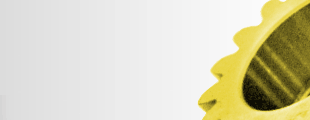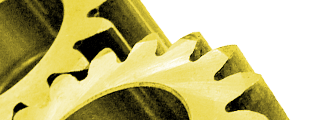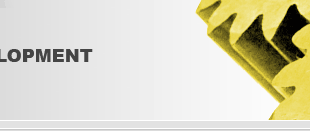 |
 |
 |
 |
 |
 |
 |
 |
 |
 |
 |
 |
|
Research Information Click on links below to view engineering specification sheets: Cathodic Arc Reactive and Elemental Coatings
Simply put a coating is a structure composed of primarily a metal and a gas. A titanium plate reacted with a Nitrogen plasma field creates Titanium Nitride or TiN. If you add Aluminum (Al) you get TiAlN or Titanium Aluminum Nitride. If the Al concentration is greater than the Ti then you have AlTiN or Aluminum Titanium Nitride. For many applications we are able to customize the formulation to maximize your performance potential. Our commercial products are designed to be versatile and effective over the greatest array of applications. At Dayton Coating Technologies, LLC our engineers and scientists strive to use every resource at our disposal to accommodate you technical specifications. Our layout and technical support makes Dayton Coating Technologies, LLC the ideal partner for research initiatives. Sputtered Reactive and Elemental Coatings
Generally smoother than Cathodic Arc coatings, these materials are more specialized and require specific applications to maximize their benefit. With deposition energy approximately 80eV less than Cathodic Arc coatings, Sputtering is a strong contender for applications where the physical properties of Cathodic Arc materials stemming from its deposition mechanism inhibit maximum performance. Thickness control is greater and there are far more possible formulations available. Interpreting the composition and structure of your product Arc PVD Coating at a glance PVD arc coatings are simple to understand. PVD stands for physical vapor deposition. The PVD process involves pulling a vacuum on a very tightly sealed chamber with your clean parts inside. Enough vacuum is pulled that there is a huge distance between atoms in the chamber (free mean path). In essence the chamber is empty like outer space. This means an excited ion can travel very far (proportional to its size) without encountering another atom with which it would collide and loose its energy. The machine is a simple chamber with what is called a metal cathode (plates) inside. The parts being coated are also inside along with various gages and devices used to control a reaction. Inside this machine there is a vacuum and the metal plates that have an electric arc running loose on its surface. This causes the surface to be excited and metal ions launch off of the surface traveling at high energy levels through the open 'free mean path' inside the machine until they encounter a plasma field around the parts being coated. This plasma field is simply a highly charged group of particles that emit a certain color depending on the gas used (think neon light bulb, HID automotive head lights or even plasma arc cutter) This excited gas (lets say is made from Nitrogen) is encountered by the emitted metal ion from the metal plate in the beginning of this explanation. The metal ion (lets say Titanium Ti+) plus the Nitrogen plasma field (N) creates titanium nitride (TiN). The coatings are simple a combination of a metal and a glass. For Example
Titanium Based Materials (TiN, TiCN) Basic hard coating provided with PVD process creating a hard smooth band of wear resistant material. See table for TiN properties as a base line of comparison to other PVD materials. Carbon Content (TiCN) The 'C' in TiCN and TiAlCN is injected into the PVD systems via a hydrocarbon gas (Propane, Acetylene, or even Methane) were the Hydrogen is removed and the remaining Carbon in the plasma field is implanted. For example, the TiN (titanium nitride) process is injected with a little C2H2 (Acetylene) where the hydrogen is eliminated and the remaining Carbon is placed within the TiN structure creating TiCN. This same method also exposes TiAlN into TiAlCN or AlCrN into AlCrCN and many other metal ion and gas composite coatings. The result of the carbon influence in this form (process parameters) is lower coefficients of friction, increased toughness, and also decreased temperature resistance. Aluminum If the coating has more aluminum than titanium it is called AlTiN. If it has more Titanium than Aluminum then its considered TiAlN. You can also have Chromium instead of Titanium making AlCrN or CrAlN. The effect of Al on performance is simply heat resistance. As the material becomes hot from use the surface is exposed to air creating AlO that is very hard and wear resistant. This AlO (Aluminum Oxide) is actually a product of the TiAL or AlTi based material breaking down under immense pressure and contact temperatures. This is why often customers in cutting applications are actually asked to push a tool harder to make it work better. It creates more heat and corresponding AlO. |
|
Main | About Us | Directions |Services | Quotes | Contacts Us | Make a Payment | Place An Order | Privacy Policy |